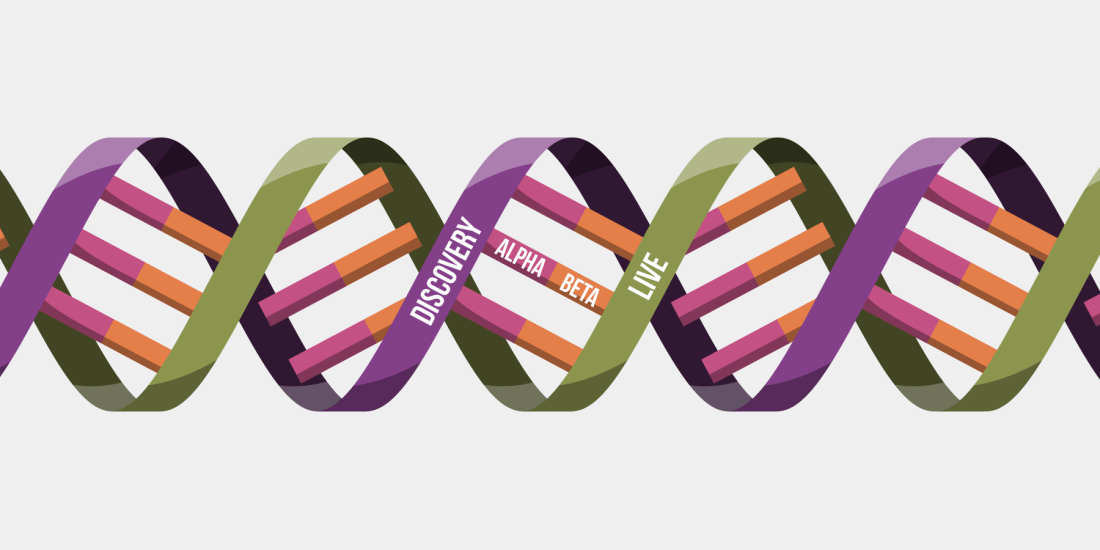The year is 2000. I am a product manager. I’ve worked with designers and a usability specialist to specify a new feature for a consumer news service for a major telecoms operator. But what comes back from engineering is unrecognisable. It doesn't work as we specified. Worse than that, the engineers have added all sorts … Continue reading Delivering digital service: this much I have learned
Tag: service design
Mostly service design: the health and care edition
In 2015, Tom Loosemore asked if anyone had written a blog post about how “most of government is mostly service design most of the time”. I couldn’t find one, so I wrote it myself. Thanks in large part to a link from the awesome UK government design principles, that post has been viewed more than … Continue reading Mostly service design: the health and care edition
What I mean when I talk about service
A couple of conversations recently made me realise I should write this down. Jane tweeted: "Public Sector Digital peeps, what is now the best definition of a ‘Service’ for people not used to working in our world? The end-to-end journey which enables a user to ‘do a thing’ - am sure many have put it … Continue reading What I mean when I talk about service
In shared light: why making thing visible makes things better
“In Elizabethan amphitheatres, like the 1599 Globe Theatre, performances took place in ‘shared light’. Under such conditions, actors and audiences would be able to see each other... This attention to a key original playing condition of Shakespeare's theatre enables the actors to play 'with' rather than 'to' or 'at' audiences. Actors therefore develop their ability … Continue reading In shared light: why making thing visible makes things better
The quick and the dead, or 6 things that change when your service goes live
Some of the organisations I work with are just starting out on this digital transformation thing. More and more of them, however, have been at it for quite some time. After 2, 3, even 4 years, a delivery process of discovery, alpha and beta is well embedded, in parts of the organisation at least. Now I'm seeing more … Continue reading The quick and the dead, or 6 things that change when your service goes live
Gotta catch ‘em all, or, a story about digital transformation in four movements
Over the past month I've been fortunate to work with some very capable senior leaders in organisations facing the amorphous challenge of "digital transformation". At first I struggled to nail this jelly to the wall. I had to account for why, if the change is driven by computers and the internet, the solutions so often … Continue reading Gotta catch ‘em all, or, a story about digital transformation in four movements
Most of government is mostly service design most of the time. Discuss.
Without exception, everyone I meet in the public sector wants to help make their service better. Most of them are in some way frustrated. The domain is massive and the activities disjointed. People engaged in any given service - from users and frontline workers down to managers and policymakers - can go for months on end … Continue reading Most of government is mostly service design most of the time. Discuss.
90% archaeology: my notes and reflections on Service Design in Government 2015
There's never been a more exciting time to be designing services in the public sector. But it can still be a lonely existence - in any organisation, a small number of advocates may find themselves trying to shift a large mass with plenty of inertia. The Service Design in Government conference that I attended last week has an … Continue reading 90% archaeology: my notes and reflections on Service Design in Government 2015
The Last Target Operating Model You’ll Ever Need™
I first wrote this as a comment on Joel Bailey's excellent blog post titled 'This thing called agile might kill us all' but thought it worth re-hashing and expanding here. For context, Joel writes about "working for a big high street bank. The brief is to redesign the ‘end to end mortgage experience’. The timescale is to reach … Continue reading The Last Target Operating Model You’ll Ever Need™
Three things a city in charge of its destiny ought to know about software
2015 promises change in the way that Leeds, Yorkshire and England’s north are governed. Not before time, decision-making and funding are to be brought closer to us, to the cities and localities where we live, learn, play and work. This new settlement will arrive at a time when cities and governments everywhere are challenged to design … Continue reading Three things a city in charge of its destiny ought to know about software
Real work only begins when we break out of our bubble
"Boy in the bubble" David Vetter passed his life in a sterile enclosure breathing purified air and touched only with plastic gloves. While his parents and doctors attempted to make his life as normal as possible, they lived in fear of the tiniest exposure to common impurities and infections. He died aged 12 in 1984, after a bone marrow transplant given in … Continue reading Real work only begins when we break out of our bubble
Seeing over the next hill – a service design pattern
Over the years I've worked with digital services in different spaces, from sports performance to house buying to students on campus and training in the workplace. And there's this one picture that resurfaces in service after service. I need to get it out of my head and into the world, where I hope others will help me develop … Continue reading Seeing over the next hill – a service design pattern
Not All Mammals! In defence of designing for “people”
I've been thinking about this exchange with Roberta... @mattedgar Lots of people _talk_ about getting users in the room. This weekend @mHealthLeeds is actually doing it. #mhleeds @RobertaWedge @mattedgar Users of what? In a health-care context, the term covers layers of euphemism. @mattedgar @RobertaWedge fair point. Alternatives to the word 'user' gratefully received. (Often but not always "people" … Continue reading Not All Mammals! In defence of designing for “people”
How I learned to stop worrying and love the jam
A lightning talk at Service Design in Government... There’s a growing interest in hacks and jam events in the public sector. Over the past months in Leeds alone, we’ve seen events around open government data, mental health, cycling and public transport. Great stuff can happen at these events, yet they can also be unfulfilling for participants … Continue reading How I learned to stop worrying and love the jam
The Lost Robot Manoeuvre
The lovely thing about designing for service is the intangibility. You can prototype it in conversations. You can act it out. No tin required - the virtual is so much more pliable. Then again, the maddening thing about designing for service is the intangibility. People have trouble getting their heads round it. How will service … Continue reading The Lost Robot Manoeuvre













